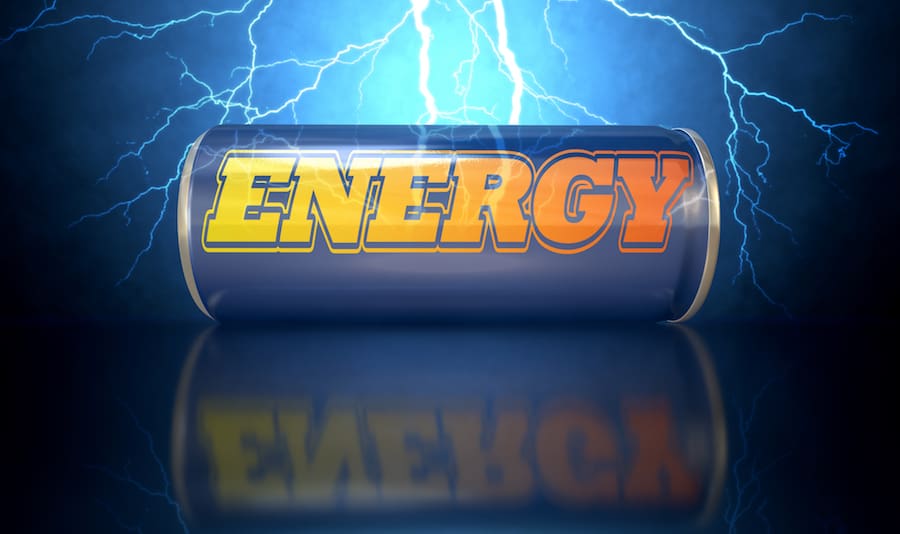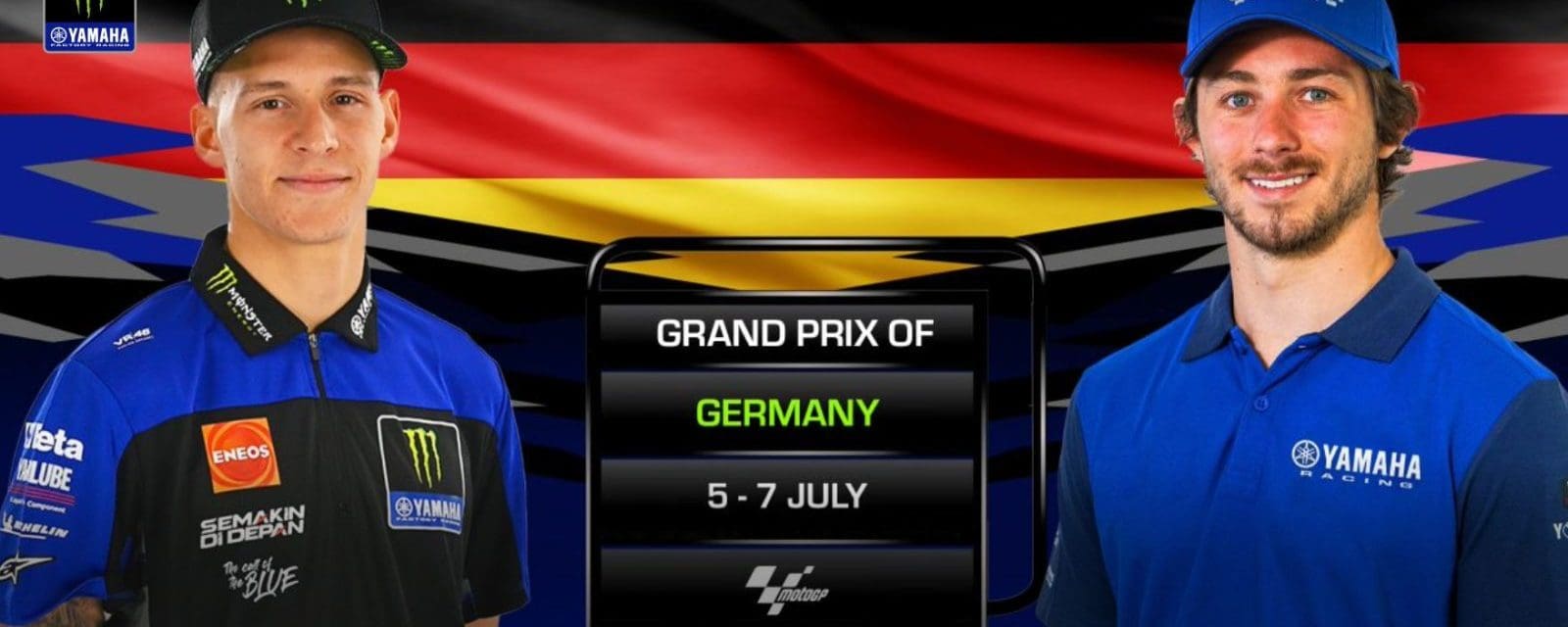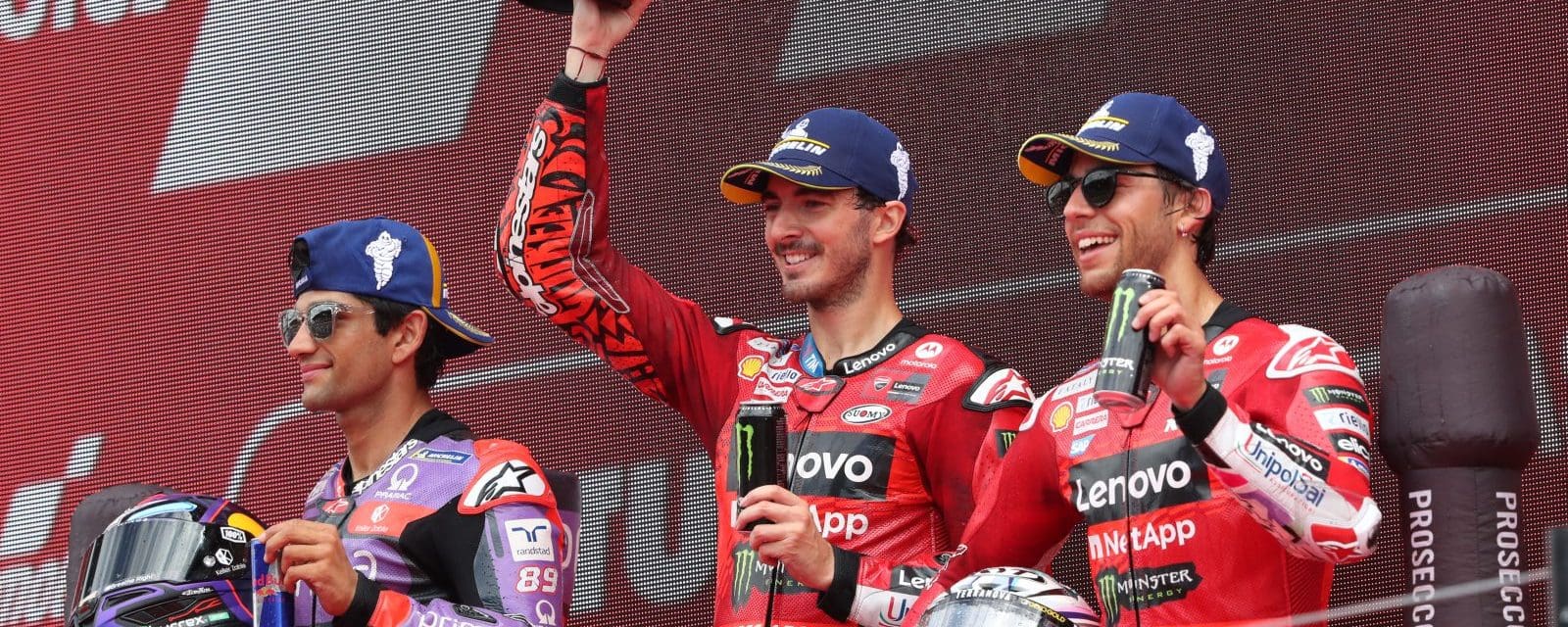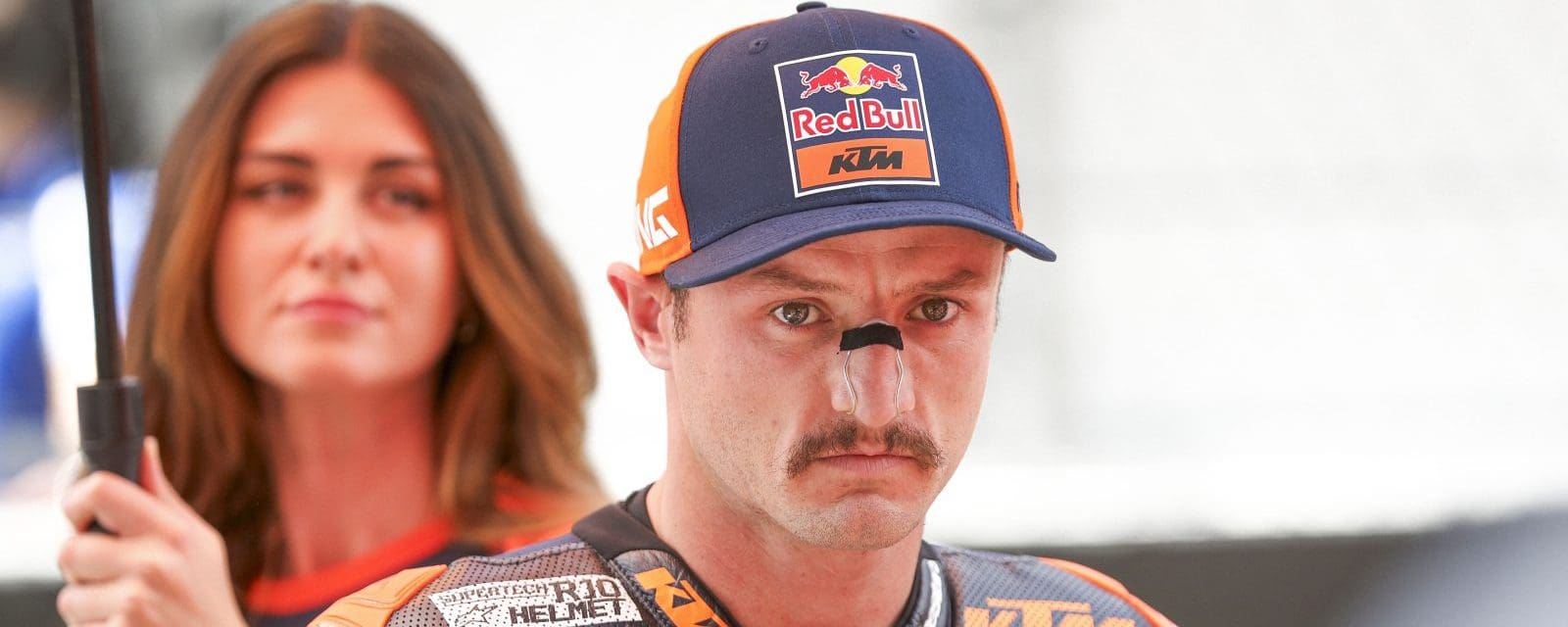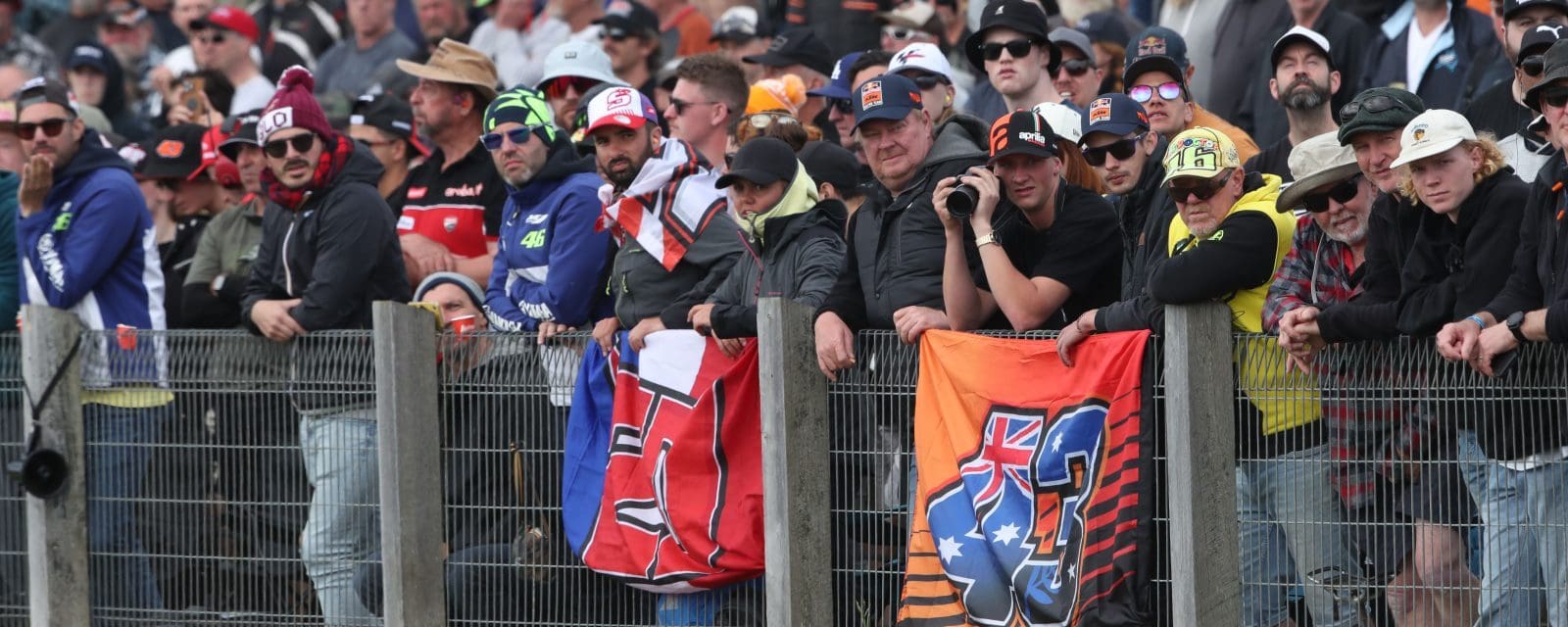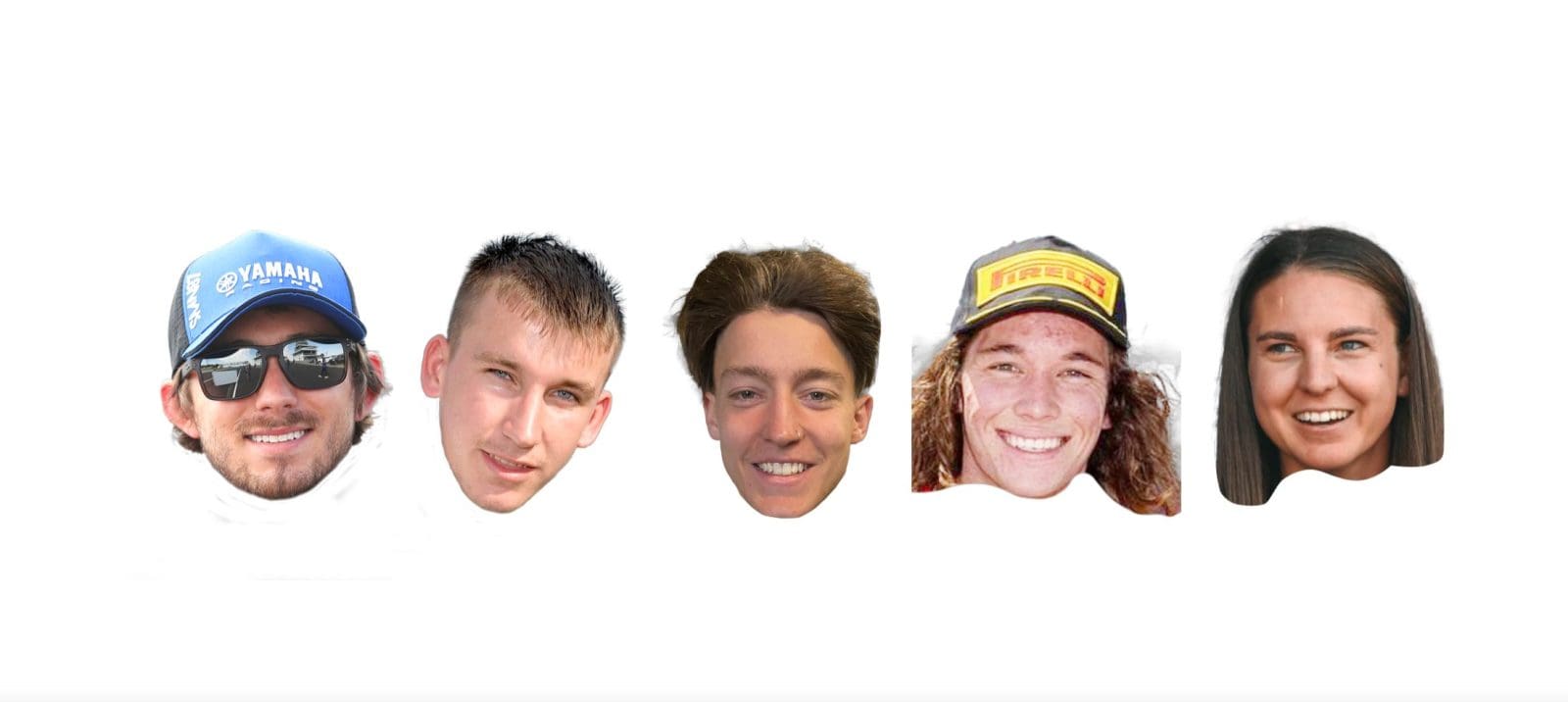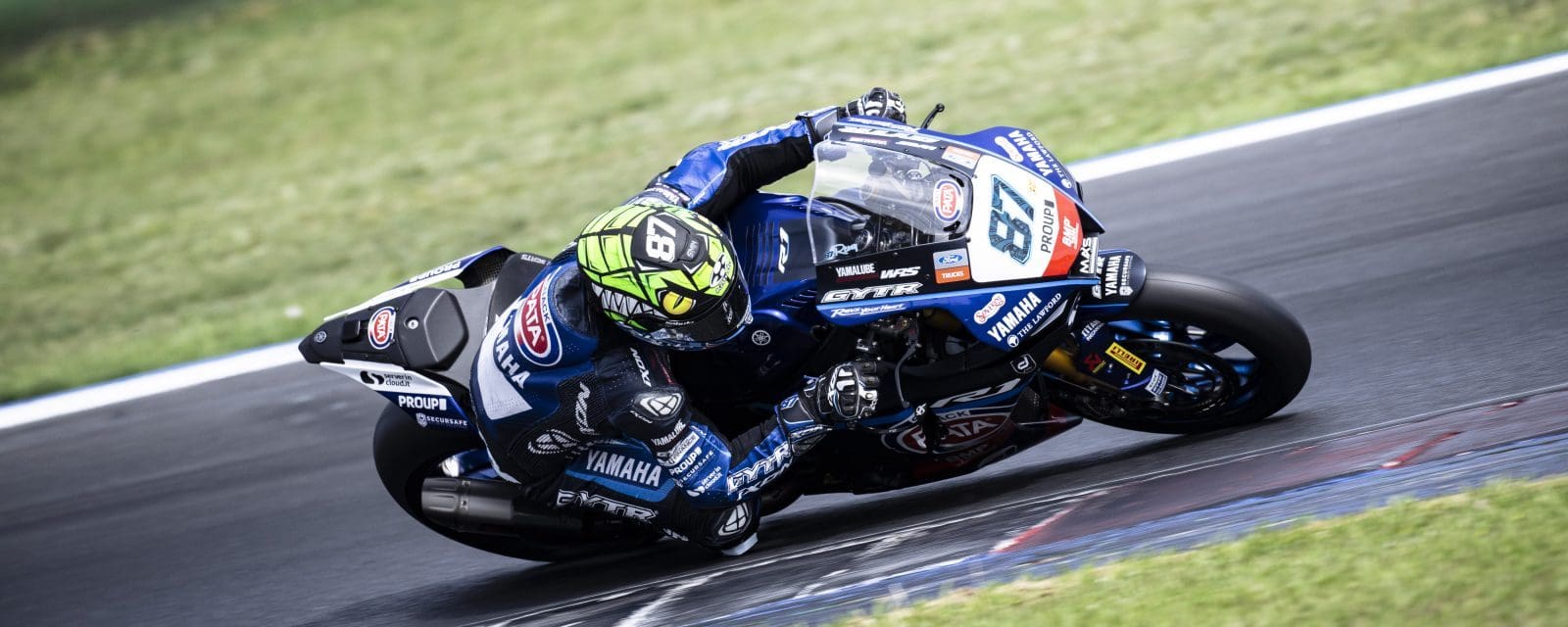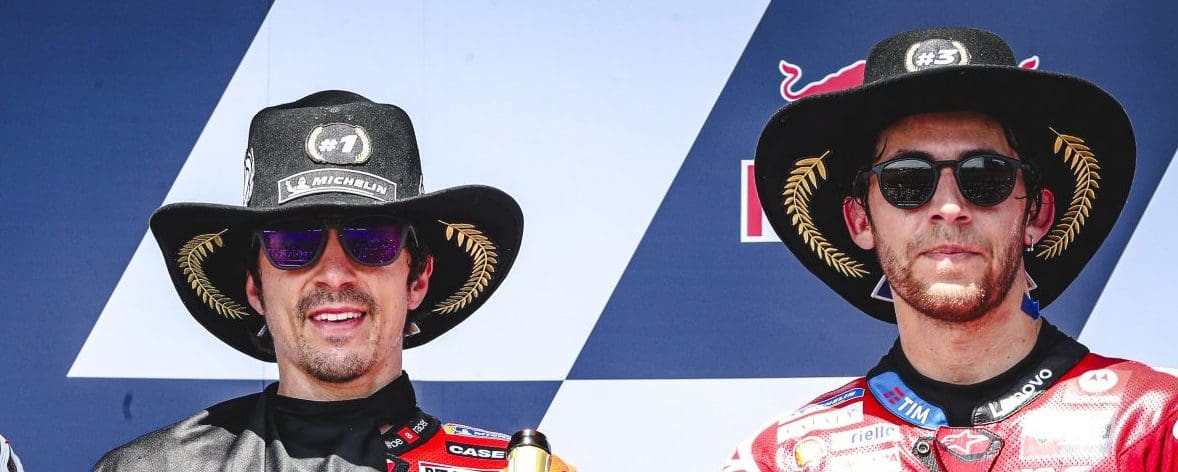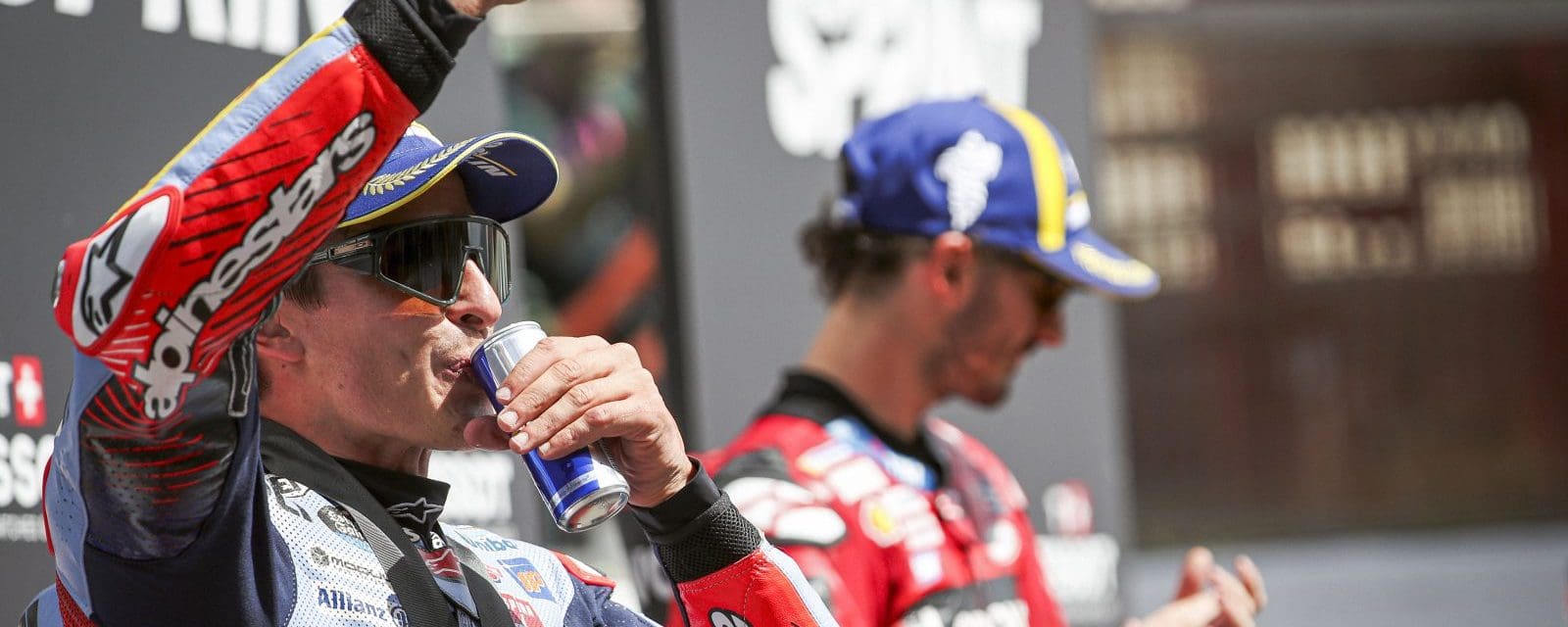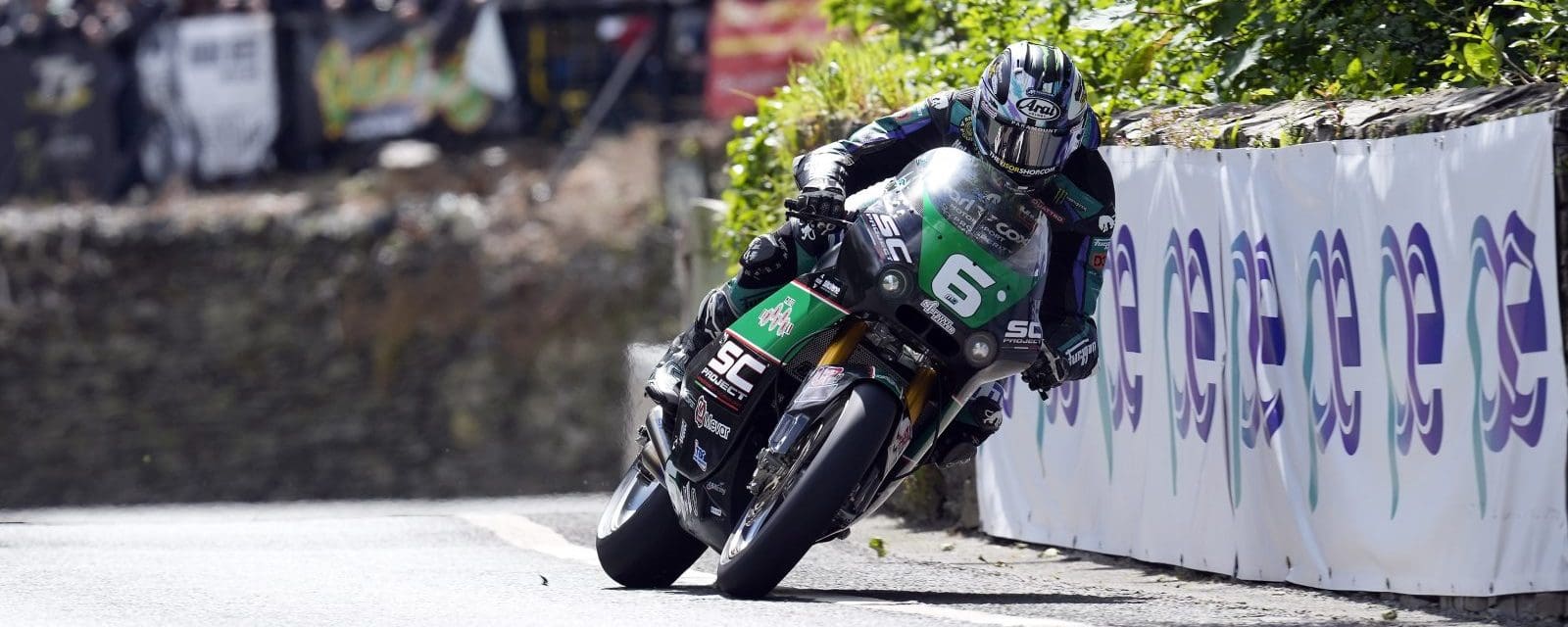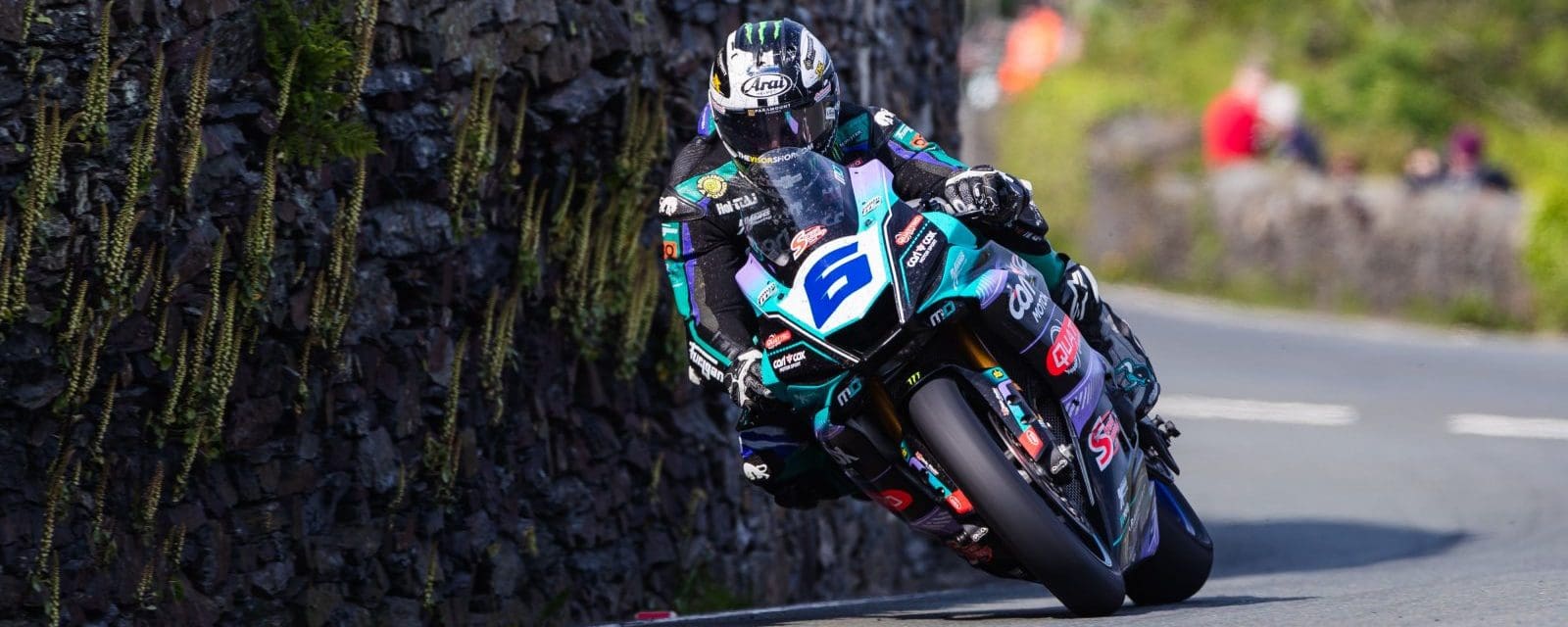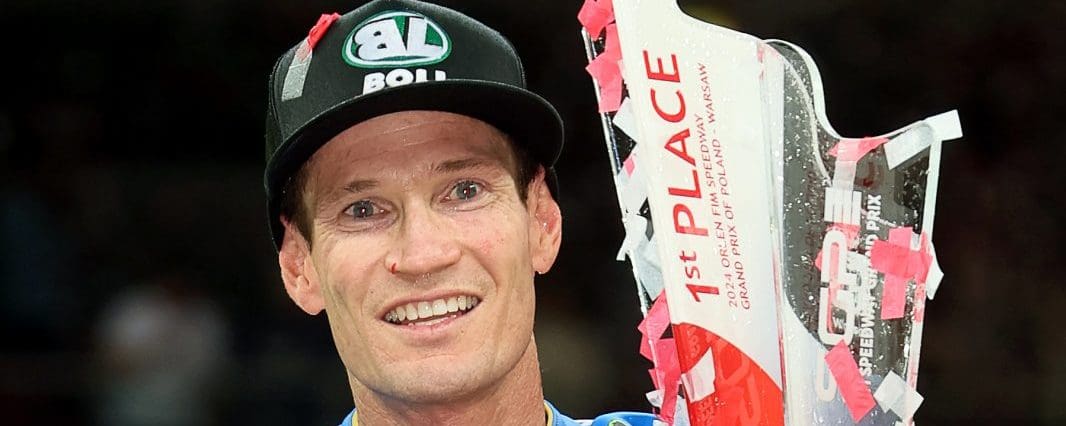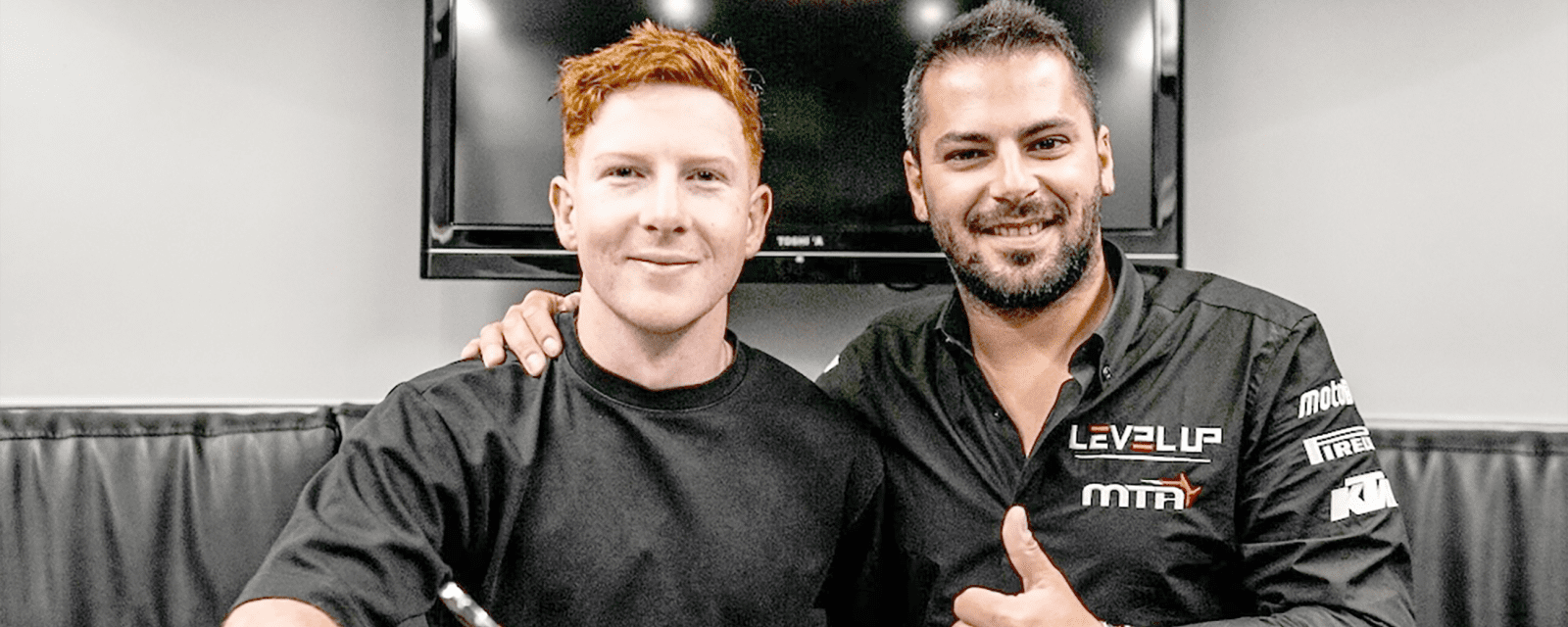I don’t wish to alarm anybody, but I’m concerned about the future of motorcycle racing. Not because of climate change and the quest for cleaner engines. Not because of burgeoning technology and the advent of riderless bikes. Not even because of the eventual retirement of Valentino Rossi. But because there’s one big scary elephant in the room: energy drinks are bad for your health.
In an alarming resemblance to the early 1960s, when science started discovering the adverse effects cigarette smoking was having on people’s health, energy drinks are coming under more and more pressure surrounding ingredients, marketing and the transparency of such.
During the past 12 years, the American-based Centre for Science in the Public Interest has linked the consumption of energy drinks to 34 individual deaths.
Caffeine is highly addictive and awareness of the adverse effects of sugar is rapidly increasing. And surely nothing good can come from mixing them together in a brightly coloured can marketed directly at our kids.
In 2015, the food and drink sector provided the third-highest value of sponsorship dollars to MotoGP. And, aside from potato chip brand San Carlo’s sponsorship of the Team Italia Moto3 team, nearly all of the estimated $54,350,000 came from energy drink sponsorship. Whether it be personal sponsorship deals with individual riders, various levels of team sponsorship ranging from a small sticker the size of, er, a cigarette packet, to naming rights or title sponsorship of entire race weekends, global motorsport fans cannot escape the names or logos of energy drinks being beamed into their highly alert, caffeine-affected faces via TV, podcasts, smartphones, websites and magazines.
Thing is, 2006 wasn’t that long ago, so the memory of financial suffering at that time would be very vivid for many. Yes, it’s only been 11 years since the exemption that allowed tobacco sponsorship to remain visible in motorsport finally ended – when MotoGP and WSBK and their teams and competitors were left floundering in a new territory of having to attract new sponsorship dollars. They not only needed to find the funds to run the expensive day-to-day operations of high-level racing, but also had to look after their own marketing, PR and logistics, which was previously handled by the tobacco companies.
When the rivers of tobacco and alcohol sponsorship began to run dry, it was led by social consciousness and a responsibility to improve the health of adults over the age of 18 who might have smoked or drunk too much as a result of highly visible logos appearing in motorsport. True, it was well over 40 years between the health concerns of cigarette smoking becoming known and the eventual banning of tobacco logos in sport, but the fact that energy drinks are marketed towards children and young people – note the brightly coloured logos – will surely bring this to a quicker end.
The legislation has already started. Latvia, Lithuania and Colombia are three countries that have either banned or taken steps towards banning the sale of energy drinks to minors. Right now, the lucrative and growing energy drink industry is largely unregulated. But there are many medical and science-based groups and movements working very hard to force regulations on the makers of energy drinks, and these regulations will one day trickle down to sport sponsorship.
It’s completely understandable that Carmelo Ezpeleta has his fingers in his ears when it comes to the growing health concerns surrounding energy drinks. Because the simple fact of the whole highly caffeinated sticky sugary matter is the energy drink industry – much like the cigarette industry – is rolling in big and seemingly unlimited piles of cash.
And cash makes the world (and the motorcycles) go round.
By Kellie Buckley
